The older part of this public house is recorded in the Commercial Directory for Durham County, dated 1828–9, as The Highland Laddie and has also been referred to as The Highlander, but is generally known as The Highland Lad. Its name is a reminder of the Scottish drovers who herded cattle to markets as far south as London.
An illustration and text about Thomas Jefferson Hogg.
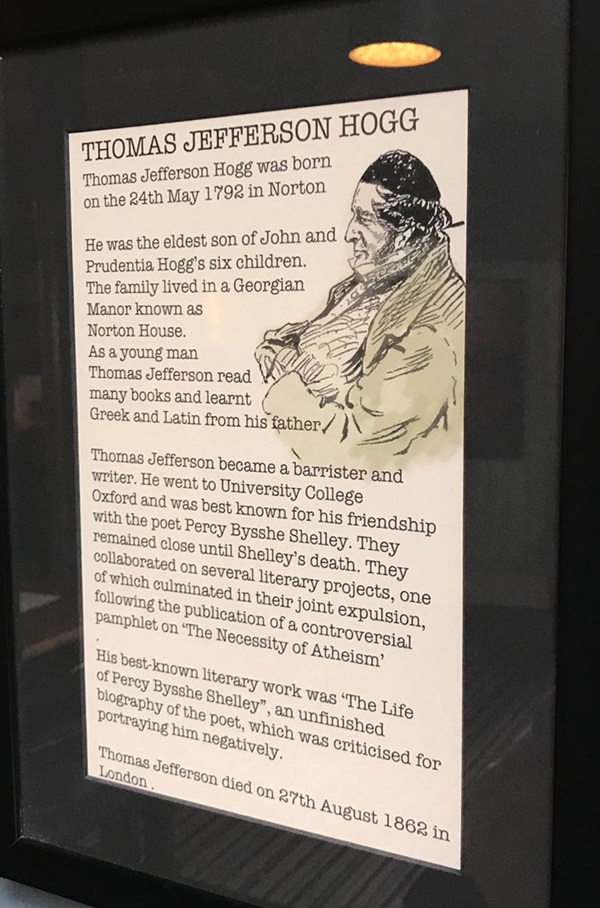
The text reads: Thomas Jefferson Hogg was born on the 24 May 1792 in Norton.
He was the eldest son of John and Prudentia Hogg’s six children. The family lived in a Georgian Manor known as Norton House. As a young man Thomas Jefferson read many books and learnt Greek and Latin from his father.
Thomas Jefferson became a barrister and writer. He went to University College Oxford and was best known for his friendship with the poet Percy Bysshe Shelley. They remained close until Shelley’s death. They collaborated on several literary projects, one of which culminated in their joint expulsion, following the publication of a controversial pamphlet on The Necessity of Atheism.
His best known literary work was The Life of Percy Bysshe Shelley, an unfinished biography of the poet, which was criticised for portraying him negatively.
Thomas Jefferson died on 27 August 1862 in London.
Illustrations and text about Thomas Jefferson Hogg.
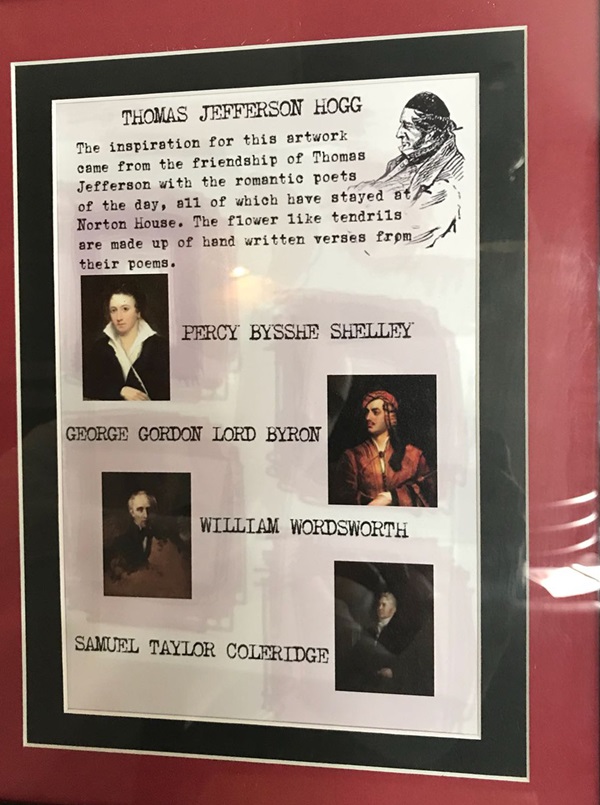
The text reads: The inspiration for this artwork came from the friendship of Thomas Jefferson with the romantic poets of the day, all of which have stayed at Norton House. The flower-like tendrils are made up of hand written verses from their poems.
Text about John Walker.
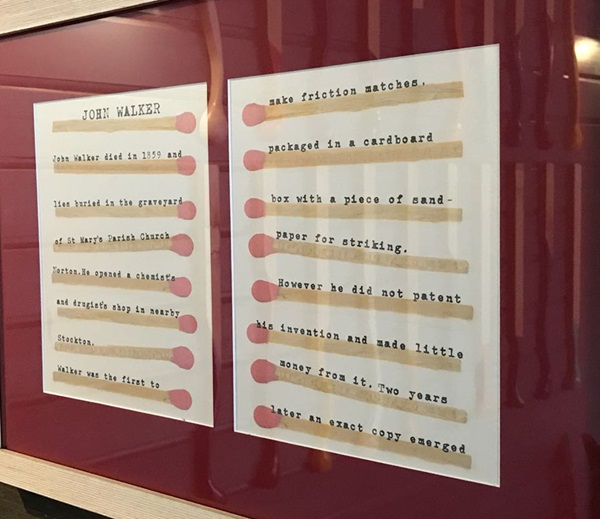
The text reads: John Walker died in 1859 and lies buried in the graveyard of St Mary’s Parish Church Norton. He opened a chemist shop in nearby Stockton.
Walker was the first to make friction matches, packaged in a cardboard box with a piece of sand-paper for striking. However he did not patent his invention and made little money from it. Two years later an exact copy emerged.
Abstract panels with nuts and bolts, inspired by the many different bridges which cross the River Tees.
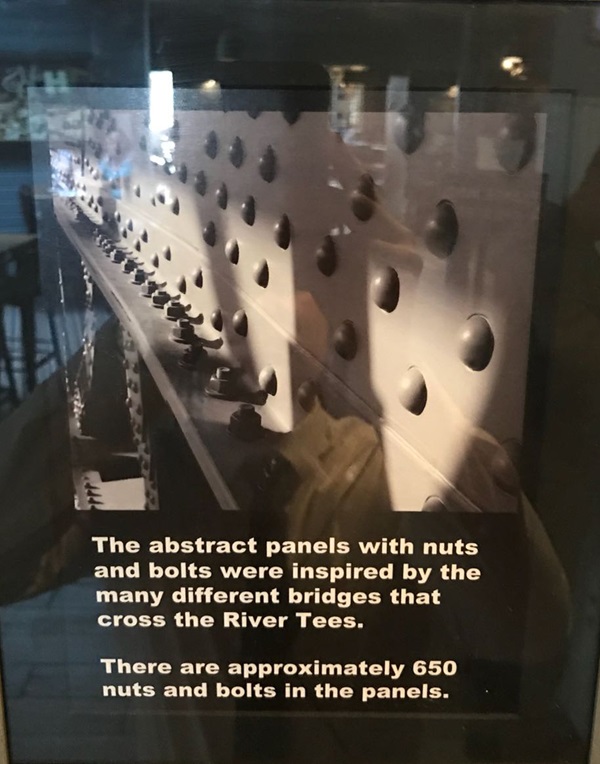
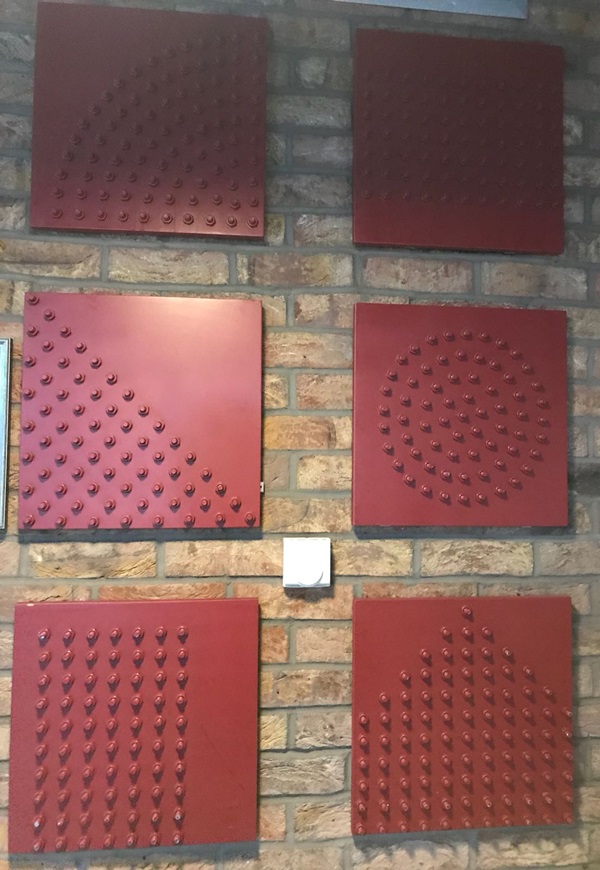
There are approximately 650 nuts and bolts in the panels.
External photograph of the building – main entrance.
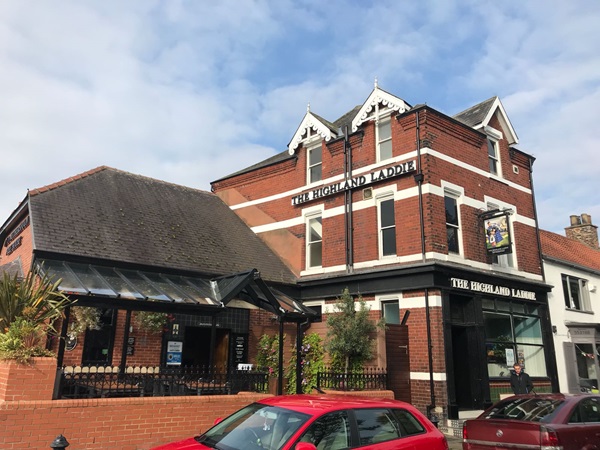
If you have information on the history of this pub, then we’d like you to share it with us. Please e-mail all information to: pubhistories@jdwetherspoon.co.uk